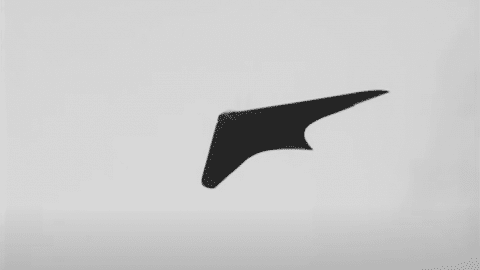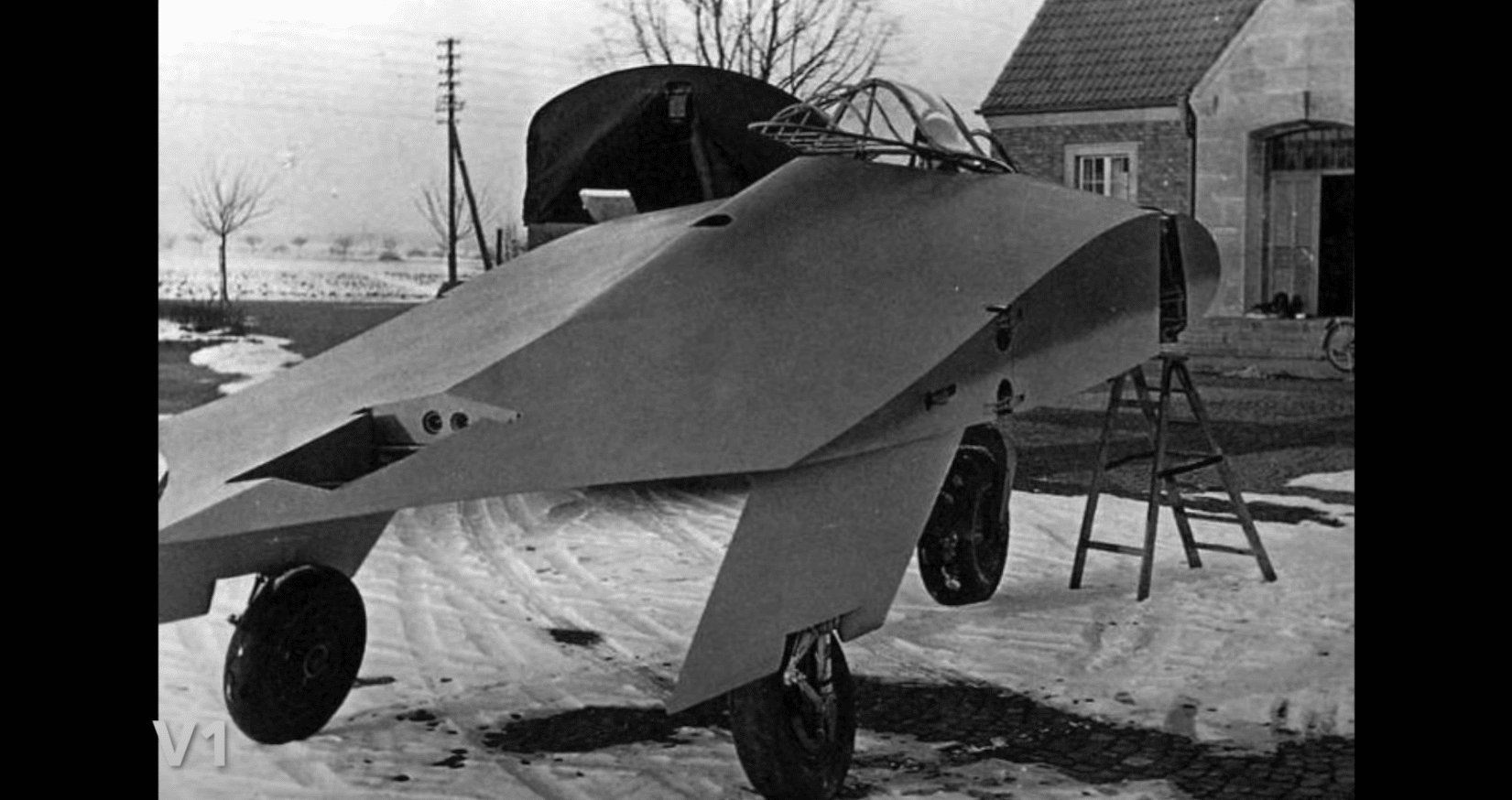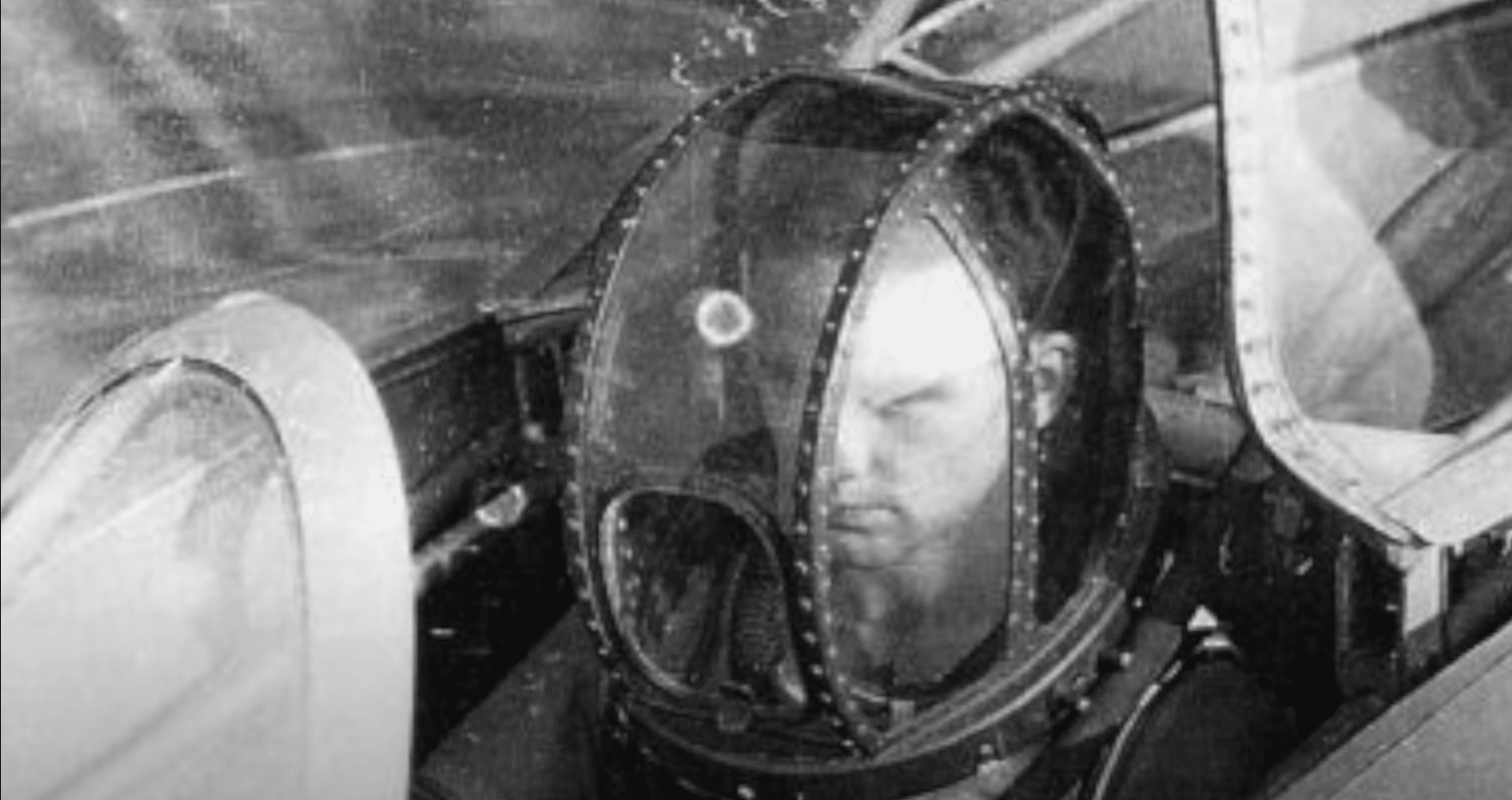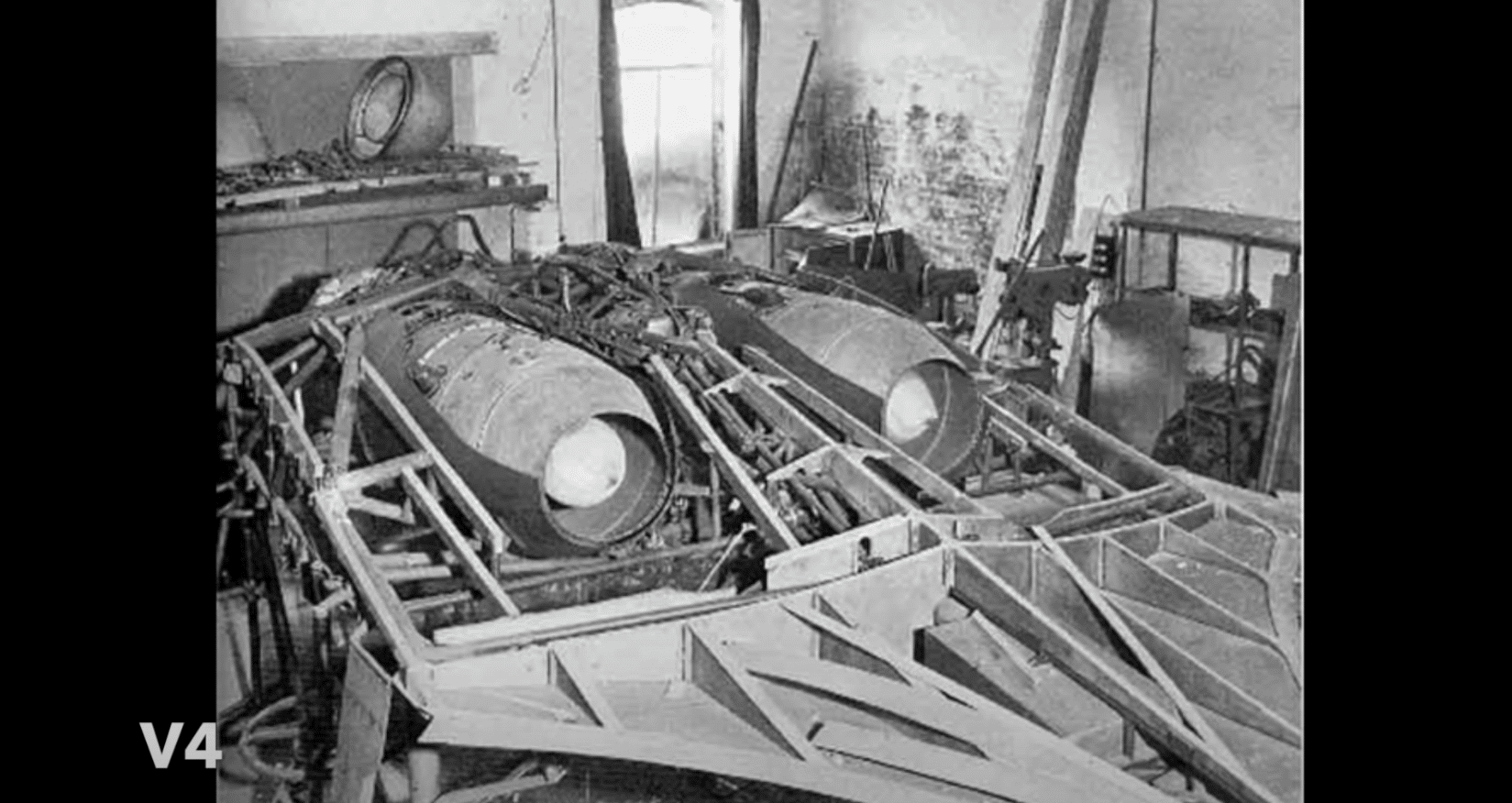
YouTube / Mark Felton Productions
The secret US intelligence program was carried out to grab German technology in order to study them.

Americans soon discovered an abandoned yet relatively new and somewhat revolutionary aircraft – the Horten Ho. 229 flying wing.
Hermann Goering had set a challenge for Germany’s wartime aircraft industry when he demanded the “3 times 1,000 aircraft.” The proposed aircraft was expected to carry a thousand kilograms of bombs, for a thousand kilometers, at a thousand kilometers per hour.

The Horten brothers already had a proven track record for producing unusual aircraft designs, experimenting with flying wing designs since the 1930s.
Work on the aircraft began in 1942, with a single prototype built called the “V1.” It first flew on March 1944, though it had no engines since it couldn’t fit the V1 airframe. Instead, a series of glider tests were made near Berlin.

A second prototype, “V2”, was fitted with two Junkers Jumo 004B turbojet engines. This aircraft was able to log 2 hours of flying time on February 1945 with Erwin Ziller behind the controls. And so, Goering awarded the contract to the Hortens, ordering 40 aircraft in the process.

However, the V2 would be destroyed just a few days later – on the 18th, while Zilla was attempting to land on one engine. Nevertheless, Goering added 20 more aircraft to his previous order. The flying wing fighter project was officially greenlit on March 12, 1945.
The aircraft was very lightweight, being constructed out of cheap materials. Its wings were of carbon-infused plywood stuck together with a glue made of sawdust and charcoal.

The V2 was apparently tested against the Me-262, with the V2 having superior handling characteristics than the jet fighter. If it had entered service, the single-seater Horten Ho. 229A would have been a fighter with a maximum speed of 960 km/h (600 mph), armed with two Mk. 108 30mm cannons, retractable tricycle landing gear, and a drogue parachute to slow it during landings.
Furthermore, the pilots would have needed a specialized pressure suit since the service ceiling was 49,000 ft.

Prototype “V3” was powered by two Junkers Jumo 004B turbojets and was fitted with an ejection seat. Its “V4” variant was to be a two-seater, all-weather, and night fighter. “V6” was a single-seater fighter with better cannons, but the advance of US forces ended all efforts to get another 229 airborne.

“V3”, the most complete prototype then, was sent to Wright Field in Dayton, Ohio, for further tests and evaluation. The V3 would be the only surviving version of the aircraft in the world and is currently on static display at the Steven F. Udvar-Hazy Center of the Smithsonian National Air and Space Museum.
